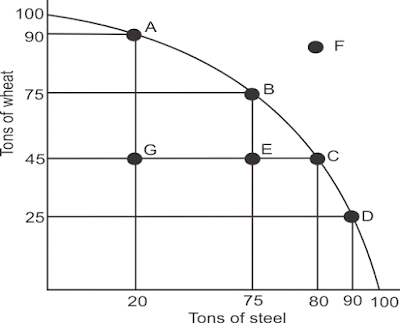Mercantilism is a movement of thought that is maintained between the Middle Age and Physiocracy between 1450–1750s. As this thought of movement was interpreted differently by thinkers, it was implemented differently in each country, and it is another article’s topic. So, first, I will explain the events leading to the existence of Mercantilism, then; I will indicate the objectives and principles of it.
Mercantilism is derived from the word ‘mercante’ which means merchant in Spanish. Mercantilism is a system of thought that asserts that valuable mines constitute the real wealth of states. Mercantilism defends the entry of mines to the country and prohibits the importation in order to prevent the exit mines from the country. Briefly, it advocates protective policies.
The events that cause the existence of Mercantilism
The collapse of feudalism and the emergence of central states between the end of the Middle Age and Indıstrial Revolution can be shown as
primary reasons for Mercantilism that cause its existence. I will indicate them below:
- The Collapse of Feudalism and Establishment of Cental States: With the collapse of feudalism, states founded newly needed new income resources to maintain their power. At that time, the essential income resource of states was foreign trade. So, foreign trade was encouraged.
- New Inventions: With the invention of the compass, it was facilitated trade with overseas countries. While products which are high in value but light in weight -silk, spice, and so on- were traded with medieval primitive transport vehicles, new trade routes were found with the developed maritime transport. On the one hand, new trade centers came to existence such as London, Lisbon, and Amsterdam; on the other hand, trade improved with geographical discoveries, and golden was imported to Europe, especially from American Continent.
- Religion reform and Renaissance Movement: The rapid spread of trade has caused the Catholic worldview to begin to be questioned. On the one hand, Luther argued that prices and interest rates should be at the control of the state, on the other hand, Calvin stated that the wealth attained by working in this world would be awarded in the next world, too. Renaissance, which symbolizes awakening in Science and Art, made widespread that the thought that prosperity and happiness of the individual should be prioritized.
- Change in Economic and Social Structure: The agriculture was a prevalent economic activity in this term. However, the manufacturing industry began improving. The money supply increased with gold and silver, which was brought from colonies, causing a rise in inflation. While wage- laborers became prevalent, rising prices militated in favor of debtors and cause impoverishment of wage-laborers.
- The Invention of Printing House and its spread: With the invention of the printing house in 1438 and its spread, reformist thoughts of thinkers became widespread quickly.
The Basis of Mercantilist Thinking
According to Mercantilist thought, the power of a country increases with the wealth of that country. The amount of valuable mines which that country has is the magnitude of its wealth. In that case, the goal of a state should be the politics that increase the input of valuable mines. As a result of this thought, economic activities came into prominence, being wealth became a goal for countries.


